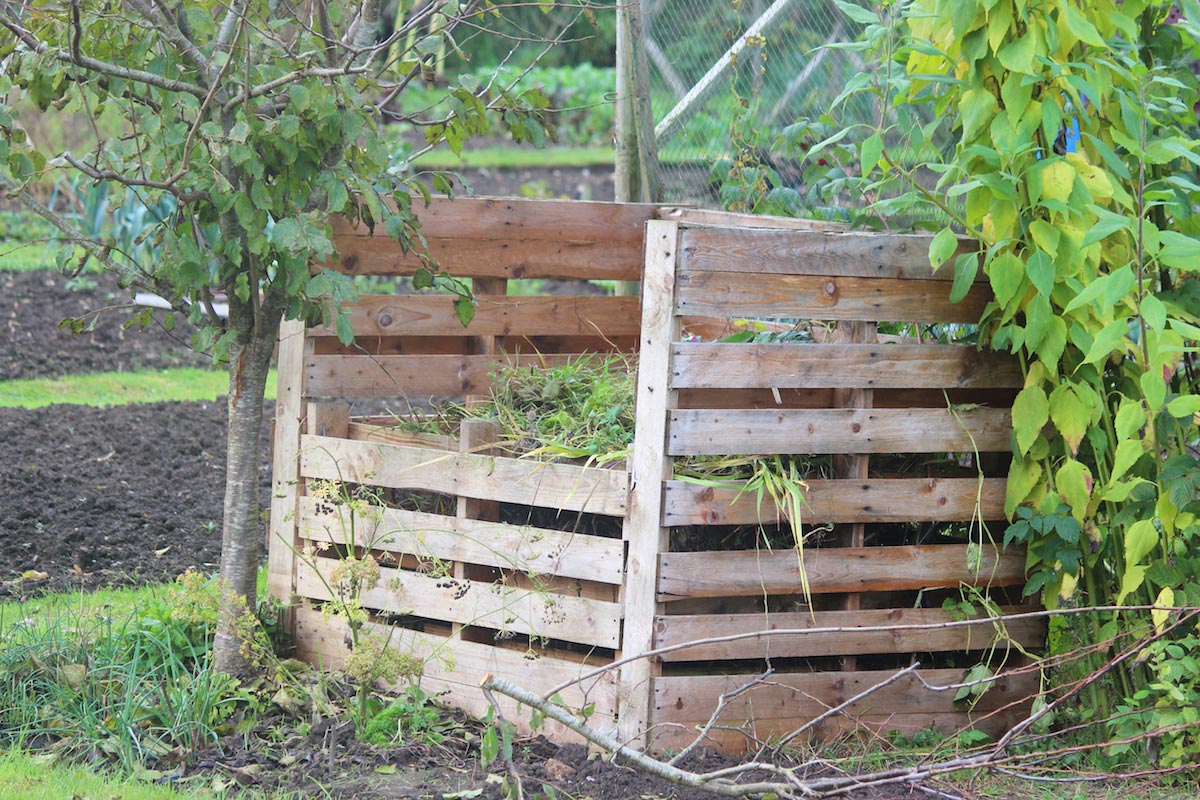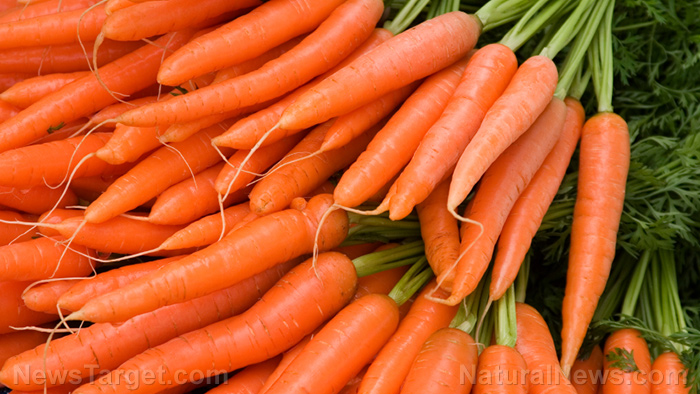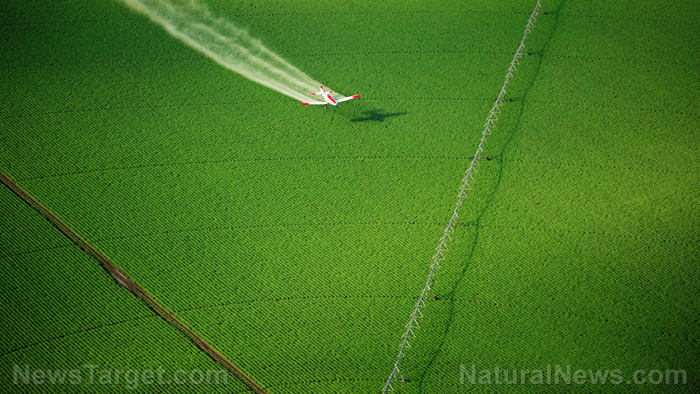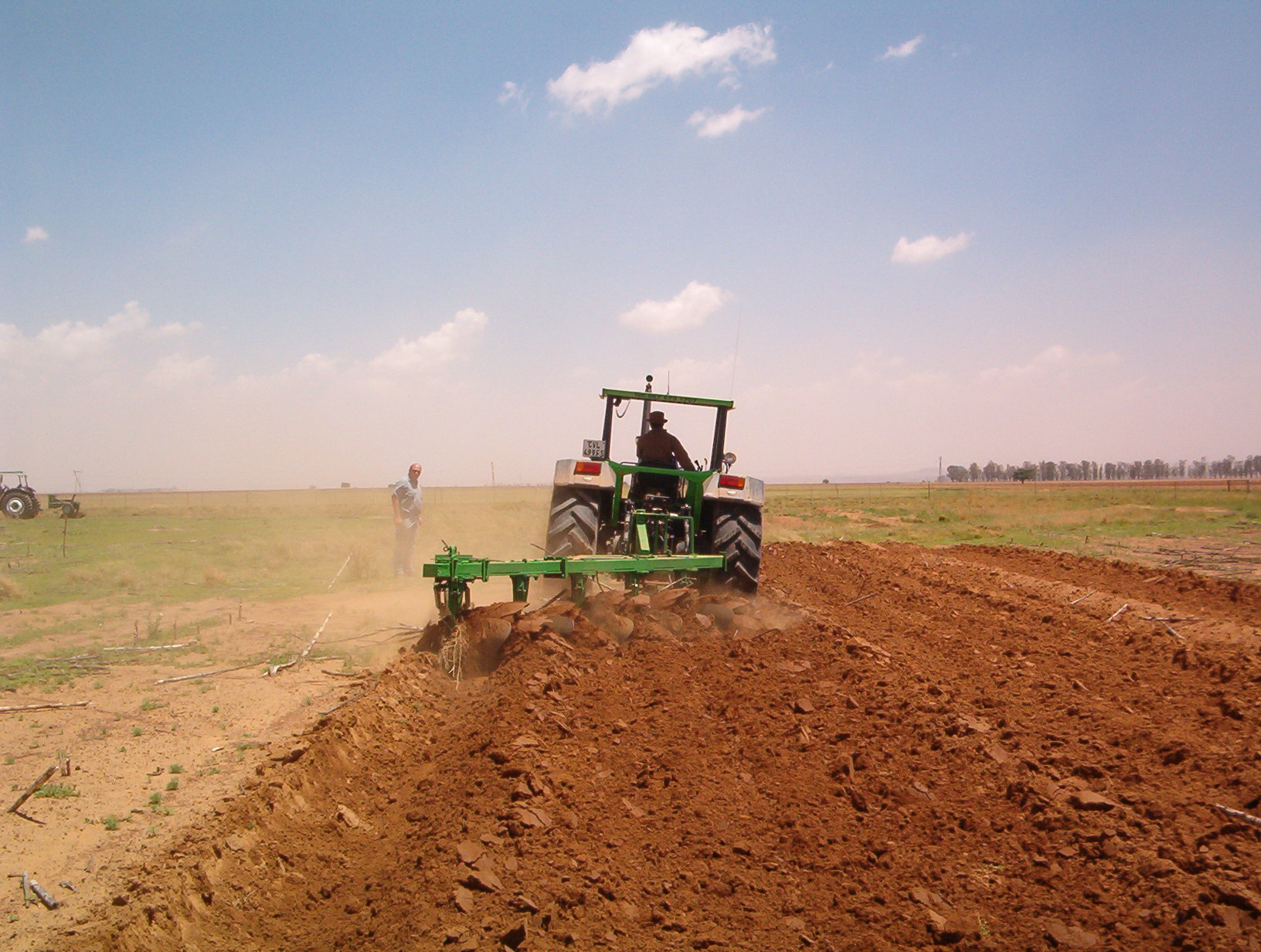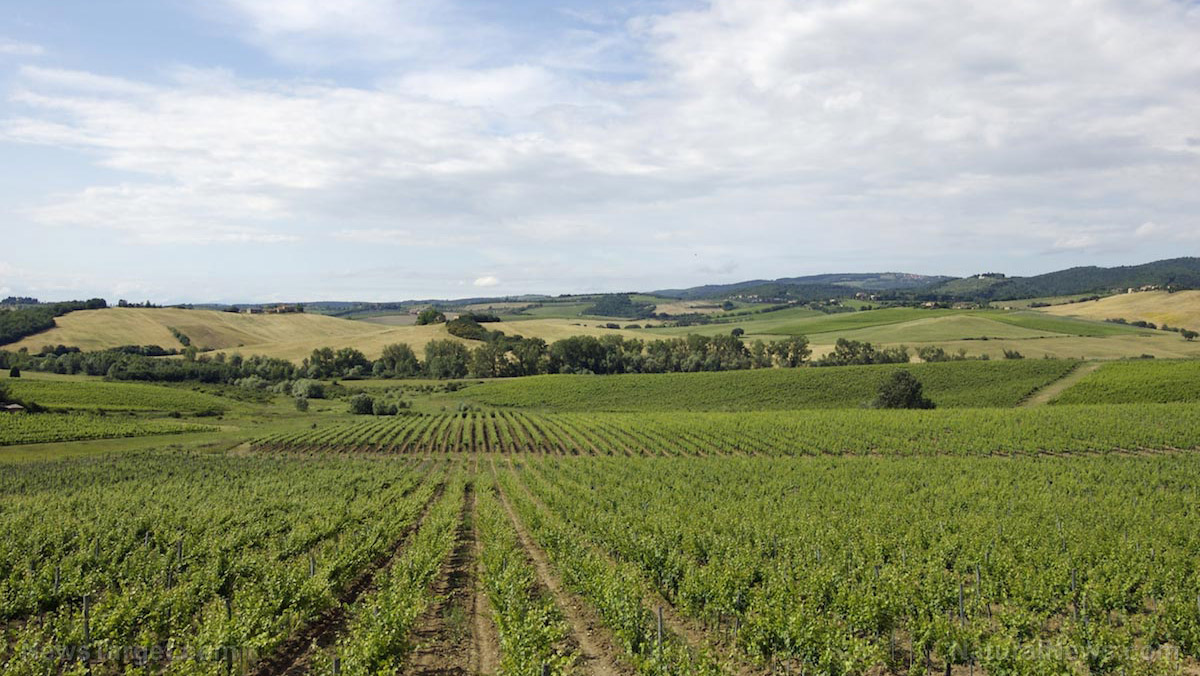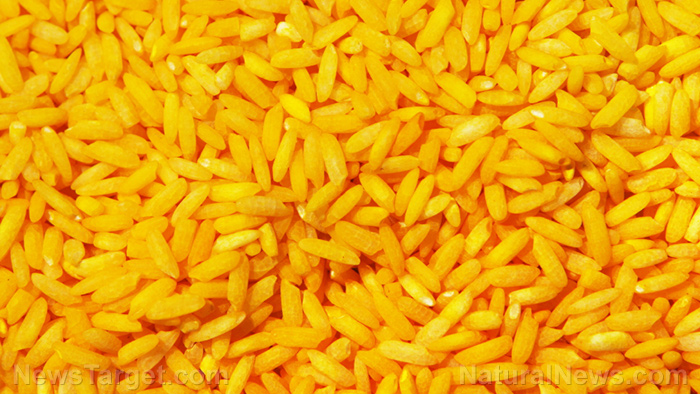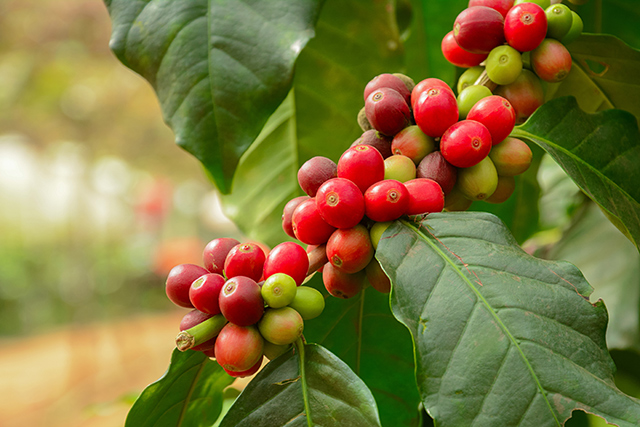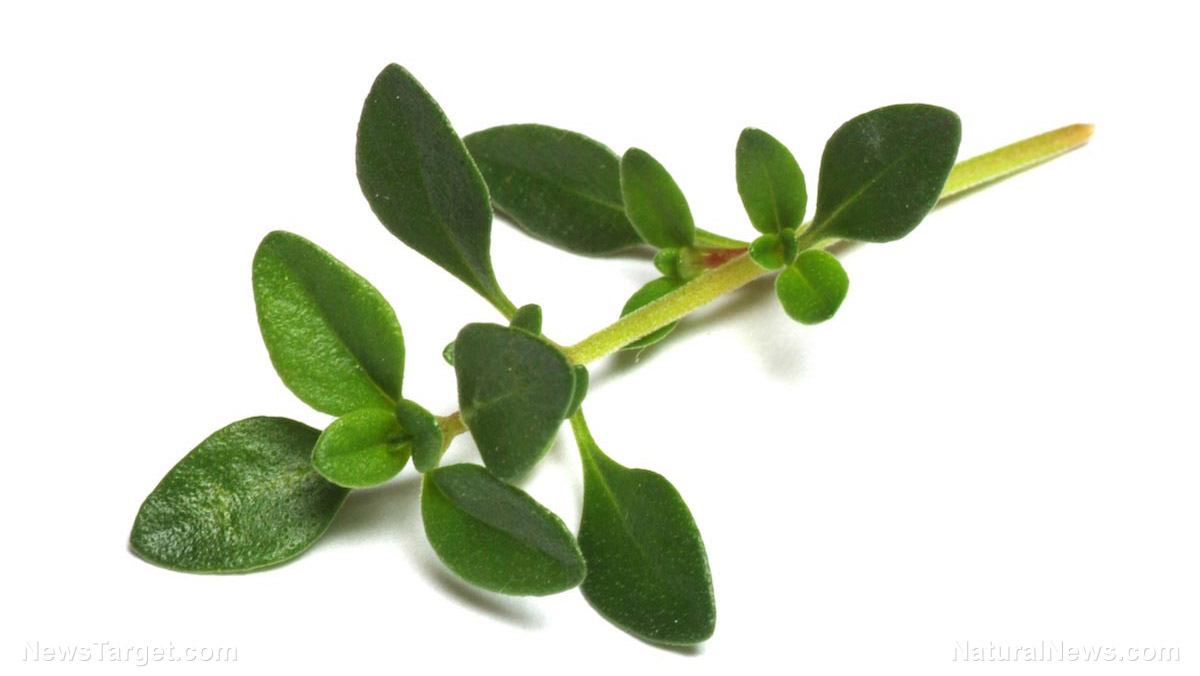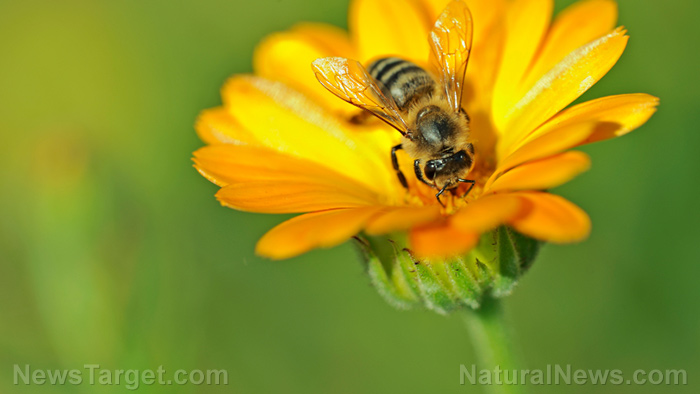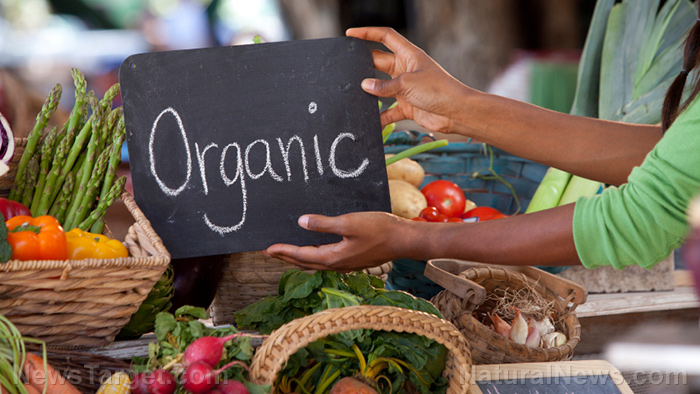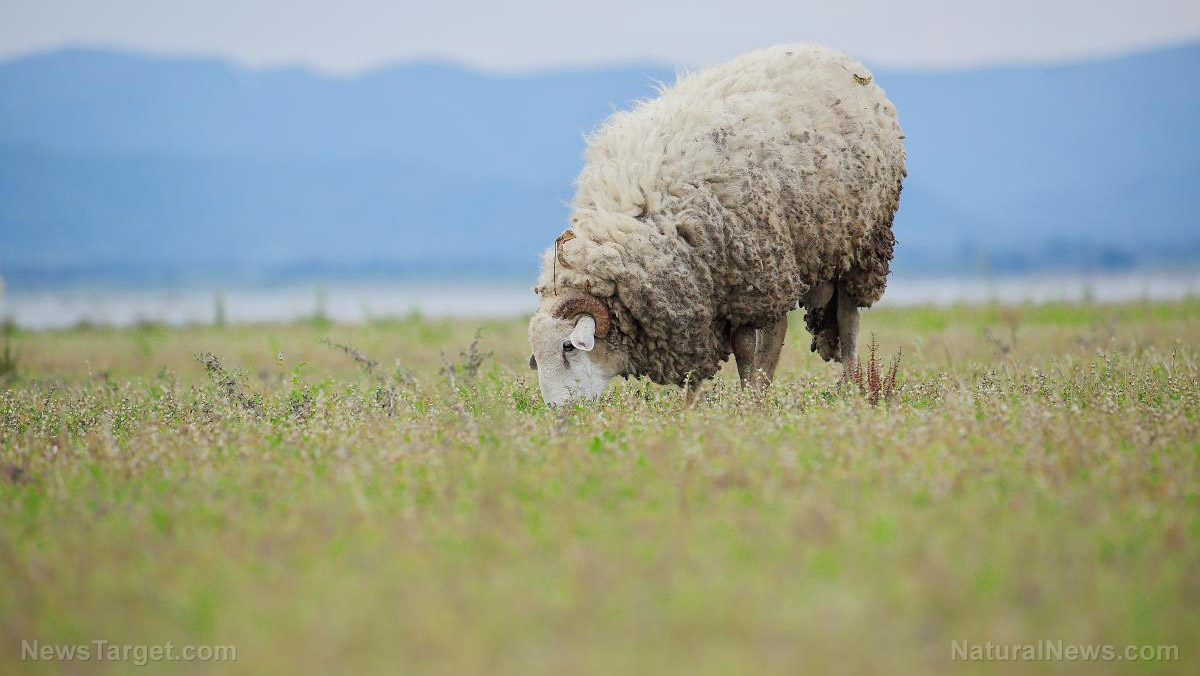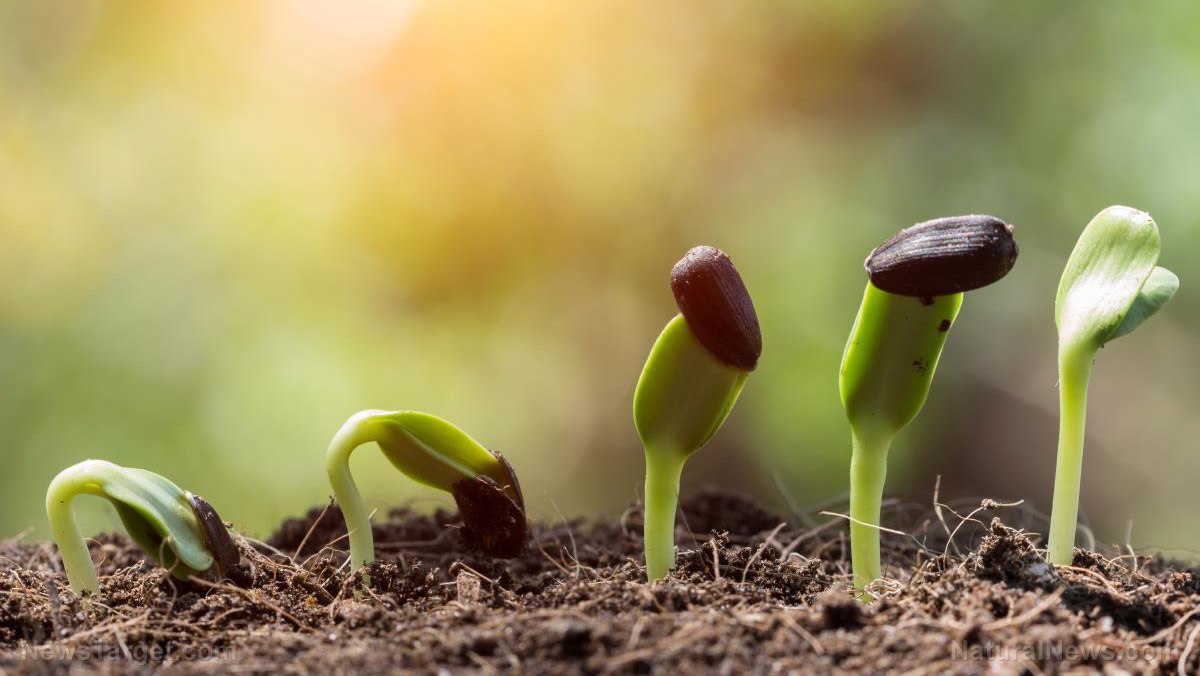Commercial fertilizers can cost a pretty penny. So why don’t you do it yourself? According to an article on Modern Survival Online, making your own DIY fertilizer is pretty easy and much cheaper.
Fertilizers are to soil what health supplements are to humans. They make up for missing or low levels of nutrients.
Macronutrients are vital for your plants. Nitrogen (N) speeds up the growth of foliage and leaves, phosphorus (P) improves the roots, and potassium (K) encourages flowering and fruits.
The other kind of nutrients are micronutrients. The important mineral ones are calcium, copper, and magnesium. Others include boron, chloride, copper, manganese, molybdenum, and zinc.
First, find out what kind of soil you have and what nutrients it lacks. Get a good soil test kit that can determine the soil pH level, sunlight level, and moisture.
Alkaline soils have pH levels higher than 6.5. They lack all the macronutrients, calcium, and sulfur.
Neutral soils have pH levels ranging from 6 to 6.5. They have good amounts of both macronutrients and micronutrients. Adding moderate amounts of fertilizer improves plant quality and crop yield.
Acidic soils have pH levels below 6. As the reverse of alkaline soils, they lack micronutrients.
If you have alkaline or acidic soils, you’ll need to adjust their pH levels accordingly.
Make your own compost pile
The most common type of DIY fertilizer is compost. It gives a lot of benefits thanks to the materials that make it up.
To make your own compost pile, start with a bottom layer of green matter like leaves and grass clipping. Some recommend dry matter because it airs out better.
Put a layer of either manure or scraps of food on top of the green matter. Then cover it with more green material and add just enough water to moisten that top layer.
Inspect your compost pile every few days. Feel out the layers beneath the cover. If they feel warm or hot, the material is decomposing nicely.
Otherwise, add more water to keep the cover moist and come back later. When the compost has turned dark, it’s good for use.
There’s a DIY fertilizer for your every need
Modern Survival Online presents a ton of DIY fertilizers. Here are some of them.
Banana peels have lots of calcium, potassium, phosphorus, and micronutrients. Chop them up and either add them to the compost heap or bury them beneath your flowers and tomatoes. They can also be turned into liquid fertilizer or dehydrated powder.
Unsulfured blackstrap molasses feeds soil-improving microbes. It also makes soil minerals easier to absorb for plants. Add three tablespoons to each gallon of water and use a couple of cups for each plant depending on its size.
Certain weeds like burdock, chickweed, and horsetail can be good fertilizers. Dandelions have potassium and trace minerals, while other weeds have nitrogen and phosphorus. Add them to the compost heap or make a liquid solution. (Related: Yummier and juicier: Using natural fertilizers increases fruit yield and size.)
Urine from healthy humans is rich in nitrogen, phosphorus, and potassium. Pee into the toilet for a few seconds and then catch the rest in a jar. Avoid this if you’re sick or taking medication.
Grass clippings have lots of nitrogen and trace elements. They’re also available all year round. They can be turned into compost, added directly into soil, or used as mulch in wind-less areas.
Phosphorus-rich bone meal works best in acidic soil. Cook brittle bones in a crockpot for a few days or boil them on the stove. Dry them thoroughly, put them in a sack, and hammer them into powder. Eight to 10 pounds will be enough for 100 square feet.
Learn more about organic fertilizers and other homesteading tips at Homesteading.news.
Sources include:
ModernSurvivalOnline.com
Extension.Illinois.edu

